This episode of Revisited was Written by Cody Hamman, Narrated by Travis Hopson, Edited by Juan Jimenez, Produced by Adam Walton and Chris Bumbray, and Executive Produced by Berge Garabedian.
Universal Pictures wanted a car chase spectacle that would appeal to fans of their Fast & Furious franchise. What director Nicolas Winding Refn and star Ryan Gosling delivered was something far from that. They made a fairy tale-inspired arthouse thriller with ‘80s vibes, a deliberate pace, and bursts of graphic violence. The film was the 2011 release Drive (watch it HERE) – and it’s time for it to be Revisited.
Drive started as a crime novel that was written by James Sallis and published in 2005. If you’re familiar with the film adaptation, you’ll recognize characters and story elements in the book. It follows a man known only as Driver. He’s a stunt performer by day. At night he uses his driving skills to work as a getaway driver for criminals pulling off heists. He becomes friendly with a single mother who lives in his apartment building. Just in time for her husband to come home from a stint in prison. That husband starts pulling off heists with Driver at the wheel of the getaway vehicle. Things go wrong. People get killed. And Driver ends up having to get revenge. Striking back against career criminals named Nino and Bernie Rose. Sallis wrote the novel with a simple, breezy style that allowed him to wrap up the story in just about one hundred and fifty pages. But he took a nonlinear approach, jumping back and forth in time from chapter to chapter. The book begins after things have already gone wrong. We get back story on the situation and Driver’s life, but the timeline is all scrambled. This makes it a bit difficult to invest in the story or the characters. But there’s a very cool tone to the book that makes it a good read nonetheless.
Drive got a positive review in Publishers Weekly, which led to the film rights being acquired by producers Marc Platt and Adam Siegel. They were drawn to the Driver character, who made them think of legends like Steve McQueen and Clint Eastwood. The challenge of writing a screenplay based on the novel was given to Hossein Amini. Who had earned an Oscar nomination for writing the 1997 film The Wings of the Dove. The project was set up at Universal, and the studio’s hope was that this could become another car-centric franchise for them. Appealing to the same audience that was coming out to see their Fast & Furious movies. In early 2008, Dog Soldiers and The Descent director Neil Marshall was hired to take the helm. With the role of Driver going to Wolverine himself, Hugh Jackman. Marshall was hoping to get Drive into production that summer, and told Variety that Amini had written three amazing car chases. Chases that would also play as dramatic scenes.
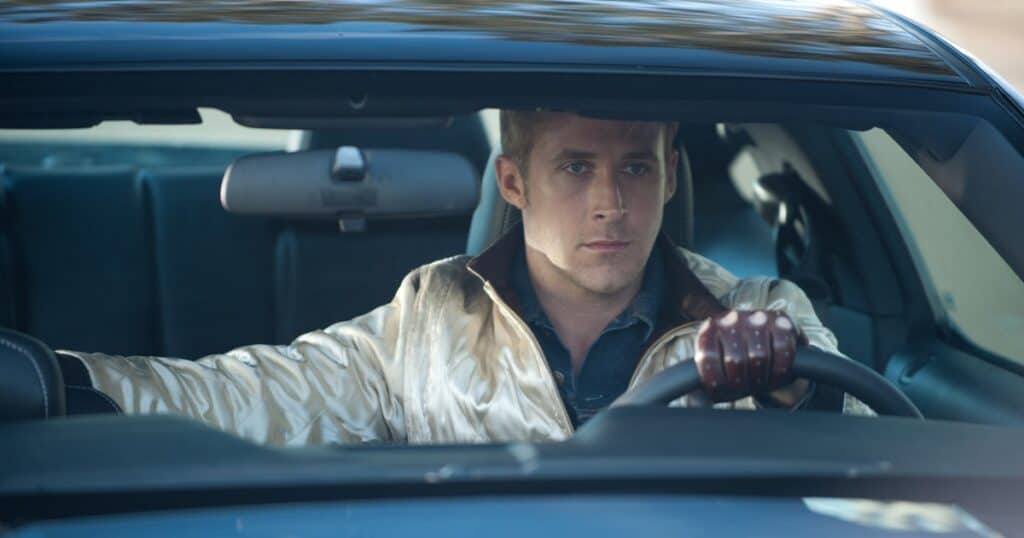
But filming didn’t get underway in 2008. Marshall never had the chance to bring those chases to the screen. By 2010, he and Jackman had both left the project. That’s when Platt turned to another actor he was eager to work with: Ryan Gosling. Who was best known for working on dramas. He had never made a movie like the one Drive was envisioned as being, but he was interested in working on an action project. So he signed on – and was given the opportunity to choose the director. Plenty of directors could have taken the material and delivered the sixty million dollar action extravaganza Universal was looking for. Instead, Gosling focused on Danish filmmaker Nicolas Winding Refn. Who had made seven movies at that point, all of which had low budgets and limited distribution. The one that had caught Gosling’s attention was the crime drama prison film Bronson. Which starred Tom Hardy, but only had a budget of two hundred and thirty thousand dollars. Refn agreed to meet with Gosling and read one of the many script drafts Amini had written. A draft that no longer included the idea that Driver is a stuntman by day. But Refn had the flu and was heavily medicated, so his first meeting with Gosling didn’t go well. He couldn’t communicate. Refn doesn’t drive, since he’s too thrilled by the sensation of speeding to trust himself with a license. So he asked Gosling to drive him back to where he was staying. An hour-long drive they spent mostly in silence. Gosling turned on the radio. REO Speedwagon’s “Can’t Fight This Feeling” started playing. The ill and medicated Refn started singing along while breaking down in tears. He turned to Gosling and said, “I know what this movie is. It’s about a guy who drives around listening to pop music because it’s the only way he can feel.” And in that moment, he got the job to direct Drive.
Refn went to work with Amini to craft the script for his vision of the material. They put Driver’s stuntman career back in. Whittled out some unneeded elements from the book. Added their own ideas to the story. Reworked the characters – and in doing so, made the rare adaptation that has more emotional substance than the source material. Refn had been reading Grimms’ Fairy Tales to his daughter, and was inspired to turn Drive into a fairy tale set in Los Angeles. As he explained to The New York Times, fairy tales deal in “minimalism; there’s almost no dialogue, it’s all about descriptions of emotions. The characters are always the same: there’s a prince or a knight, an innocent woman who’s extremely beautiful and pure and needs protection, an evil king or a witch. And that is essentially the DNA of the structure of Drive.” He saw Driver as a man who transforms himself into a hero to protect the woman he has fallen in love with. He and Gosling have even referred to Drive as a superhero movie. And since a superhero needs a costume, they got a cool bomber jacket for Driver to wear, with a scorpion on the back. At one point during his mission of vengeance, he even wears a mask. Stolen from the set of the movie he was working on.
Despite the heroics, Drive was clearly no longer going to be a flashy blockbuster. Studios passed on it. The filmmakers had to get independent financing. With a poster of a car engine that looked like a heart, Refn went to Cannes to present the project to potential distributors. His sales pitch was simply, “Drive is going to be like really good cocaine.” That’s all the investors needed to hear. A large portion of the film’s thirteen million dollar budget was raised at Cannes.
A supporting cast was assembled around Gosling. The single mother Driver falls for was meant to be a Latin character named Irina. But she became Irene when Carey Mulligan came in and won Refn over. As soon as he met her, he felt the urge to protect her. Just like Driver wants to protect Irene. Bryan Cranston was given the chance to build his own character as Driver’s troubled mentor Shannon. Oscar Isaac also brought a lot of his own ideas to the character of Standard, Irene’s troubled husband. Albert Brooks was cast against type as crime boss Bernie Rose. Who becomes a conflicted killer when he feels people have to die for his own well-being. Ron Perlman was cast as Bernie’s screw-up business partner Nino. James Biberi’s character Cook works for Nino. Cook brings a woman named Blanche in on a job. Refn was initially looking to cast a porn star as Blanche, but wasn’t impressed by the acting skills of any he met with. So he ended up casting Christina Hendricks. Russ Tamblyn makes a blink-and-miss-it cameo as an underground doctor.
With filming set to take place in Los Angeles over two months in the fall of 2010, Refn rented a house in the city. His family moved in with him – and Hossein Amini moved in as well. So the director and writer would continue working on the script throughout production. As Refn shot the film largely in chronological order. He also moved his editor Matthew Newman into the house so they could cut the footage together there. Carey Mulligan needed a place to stay, so she stayed with them. She baked a carrot cake for her housemates every day. Albert Brooks and Ron Perlman would sit in the back yard, smoking cigars and telling jokes. At night, Gosling would drive Refn around the city, immersed in the atmosphere of the film they were making.

While being driven around Los Angeles, Refn picked up the feeling that the city had an ‘80s vibe to it. So he brought that vibe to the film as well. Presenting the credits in an ‘80s style pink font. And using music reminiscent of ‘80s synthesizer Europop. At first, he had Johnny Jewel of Desire and The Chromatics – which have songs on the soundtrack – composing the score as well. But then higher-ups insisted that Refn needed to have an experienced composer do the music. So Jewel was replaced by Cliff Martinez, and Refn had him compose the electronic score he was looking for. The music and the songs on the soundtrack became some of the most popular elements of the film. With the song “Nightcall” by Kavinsky playing over the title sequence. Letting us know exactly what sort of tone the whole film is going to have. And the song “A Real Hero” by College and Electric Youth matching Refn’s vision of the Driver character.
The shooting script was only eighty-one pages, largely due to the decision to make Driver a man of few words. If he doesn’t have anything to say, he doesn’t speak. He doesn’t make small talk. One reason was because Gosling and Refn wanted to capture the atmosphere of driving along in a car. The spell it puts you under. Talking pulls you out of that spell. His quietness is also evocative of past cinematic heroes. Like the Man With No Name or Max in The Road Warrior. As John Wayne advised, “Talk low, talk slow, and don’t say too much.” Many characters seem tougher by not talking – but in the case of the Driver, his silence makes him seem softer. He does illegal things. He’s surrounded by criminals. But he’s only a driver in the illegal scenarios. He doesn’t even carry a gun. Compared to some of the people he interacts with, he seems like an innocent. The villains played by Albert Brooks and Ron Perlman are his opposites, talkative and loud. And his perceived innocence is important for the first half of the film. Which focuses on the relationship that develops between Driver and Irene.
There is a sweetness to the first half of Drive that was very intentional. Refn wanted it to start out very pure. Inspired by Sixteen Candles, he wanted the scenes between Driver and Irene to present the idea, or the illusion, of perfect love. Pure and simple. Driver’s lack of dialogue was an important part of this. As Refn told Complex, “How I see it, you can’t talk about love. You can only feel love. So almost all of the dialogue needed to be eliminated, because if they talk, it wouldn’t be magical. Their chemistry really needed to be magical for it to truly work.” And it really does. The scenes with Driver and Irene are so pleasant to watch, you almost don’t want to reach the second half of the film. With its action and violence.
But Standard comes home. And when the robbery goes wrong… and the violence comes… Refn doesn’t hold back. Blood is spilled. Heads are smashed and blown apart. Following the fairy tale structure, he needed the film to become dark and moralistic toward the end. For him, the heart of the film is a scene he came up with at the last minute. A scene where Driver and Irene are in an elevator. Driver realizes they’re riding with a dangerous man. So he gives Irene a kiss. The only kiss they ever share. Then he beats the man to death to protect her. For Refn, this scene was representative of the entire movie. It starts off pure and beautiful, then erupts in a psychotic explosion. It also shows that Driver loves Irene so much, he’d rather protect her than be with her. And he’s willing to use any level of violence to protect her.
The action in the movie is rather low-key. After all, it didn’t have much of a budget. Like Neil Marshall said, there are three car chases. Evading the police at the beginning. A chase after the robbery goes wrong. And a scene where Driver goes after Nino on the road. But these are much smaller than they would have been in the bigger budget version with Hugh Jackman. For the post-robbery chase, Refn had one car to crash and one take to capture the stunt… And it was a very underwhelming crash. If there wasn’t a shot of Christina Hendricks in Driver’s car with the crash happening behind her, it would have been a complete loss.
But Drive is a great film even without spectacular action. Featuring excellent performances from the cast. A really cool, retro feel. Mixed with some arthouse presentation. And it tells an emotionally engaging story of doomed love.
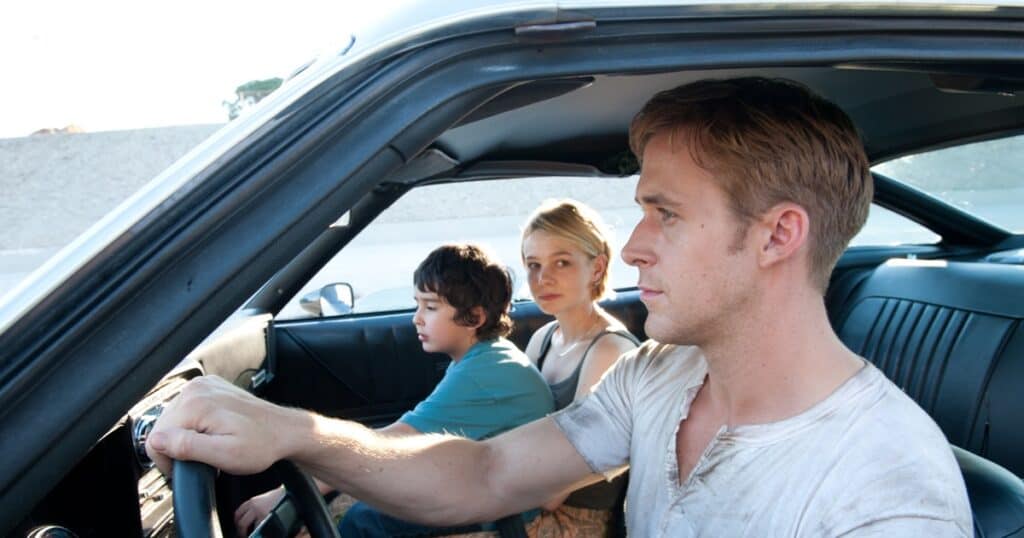
Gosling knew they had made something unique and special here. As he told The Playlist, it was supposed to be a commercial movie. But ended up being “some kind of crazy cross between Blue Velvet and Purple Rain.” The fact that it was unique and special allowed it to find an appreciative audience, even if it didn’t seem commercial any longer. It wasn’t a blockbuster, but it did earn over eighty-one million at the box office. A good number for a movie made for less than fifteen million. It developed a strong cult following. And was successful and popular enough for there to be talk of a sequel.
Drive did get a sequel in novel form. The year after the film was released, author James Sallis published a follow-up called Driven. Which finds Driver living in Phoenix under an assumed name, engaged to be married. When his fiancée is killed, he has to go on another rampage of revenge. Refn never read Driven, but he did write his own treatment for a Drive sequel… It just didn’t feel right to him. Drive was a product of the specific circumstances it was made under. They would never be able to duplicate those circumstances. To recapture the magic. They would fail if they tried. So the decision was made to leave Drive as a standalone film. Gosling and Refn went on to make another action movie, Only God Forgives, together… But that didn’t go over nearly as well as its predecessor. To date, Drive remains by far the most popular film Refn has ever made.
We’ll probably never see Driver again. But his one movie still holds up more than a decade later. It works just as well now as it did when it was released. It’s a great film to revisit. To watch Driver fall for Irene all over again. And to see him crack skulls to keep her safe. Fairy tale love stories don’t get any better than that.







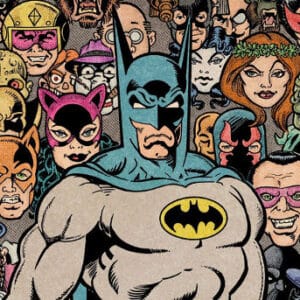
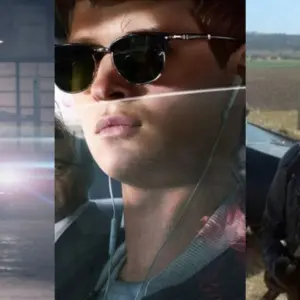
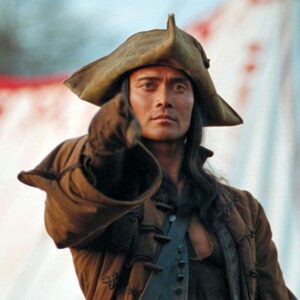
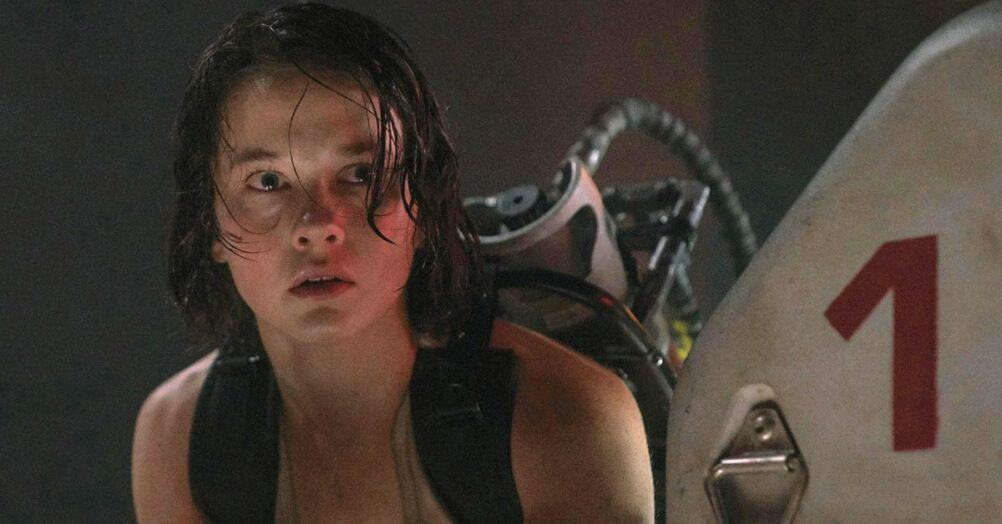


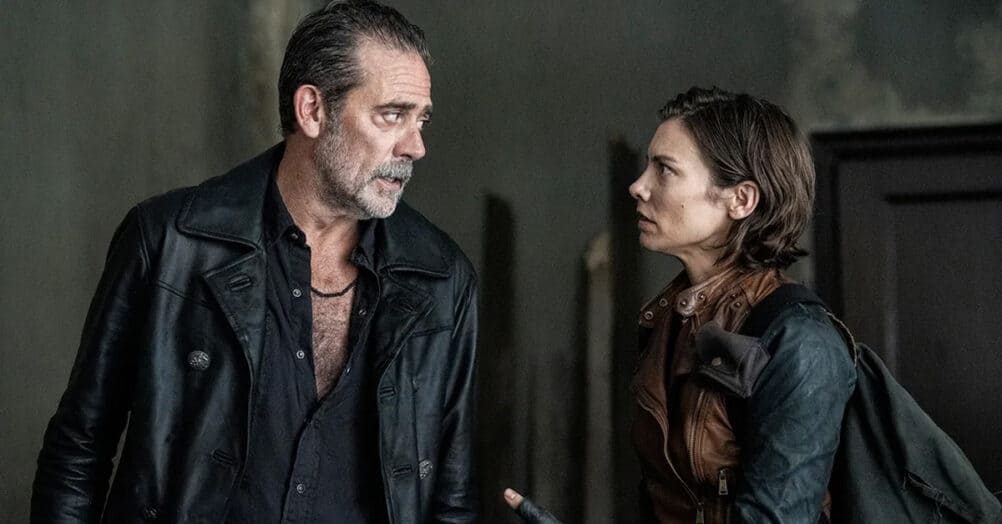
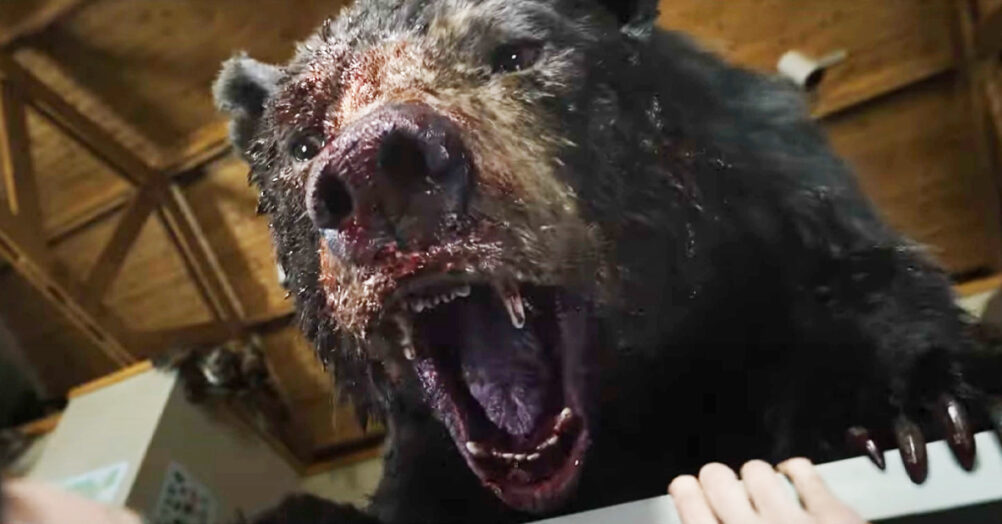


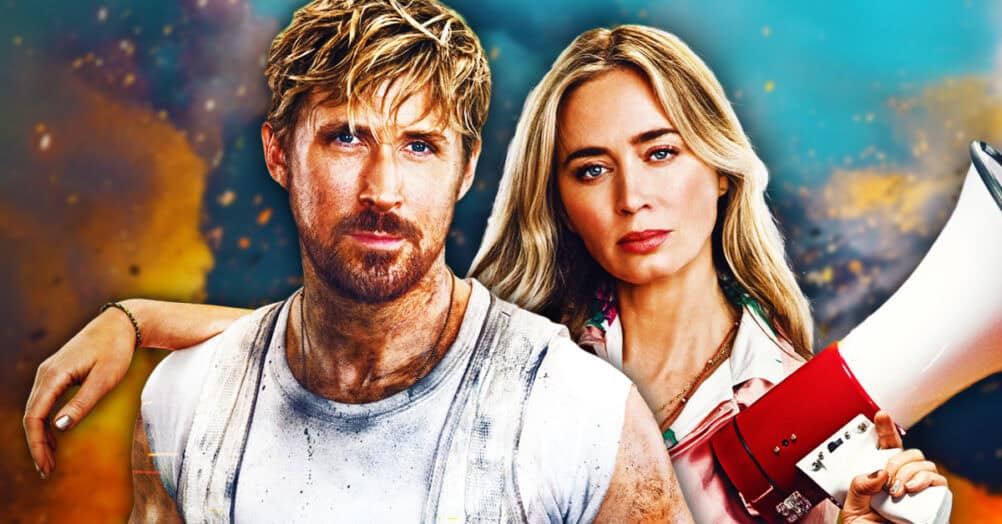

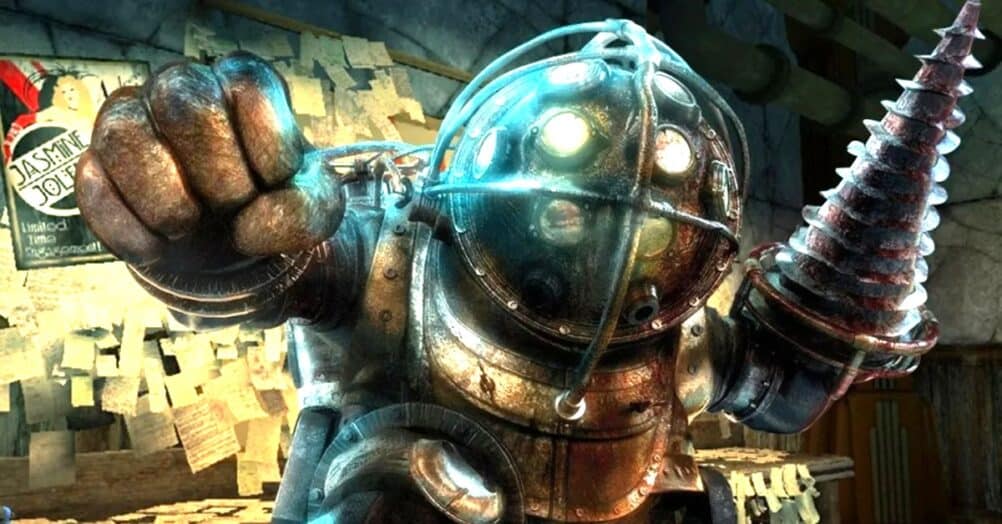
Follow the JOBLO MOVIE NETWORK
Follow us on YOUTUBE
Follow ARROW IN THE HEAD
Follow AITH on YOUTUBE